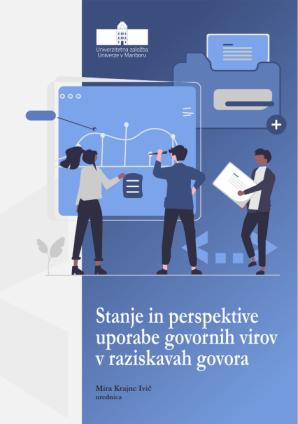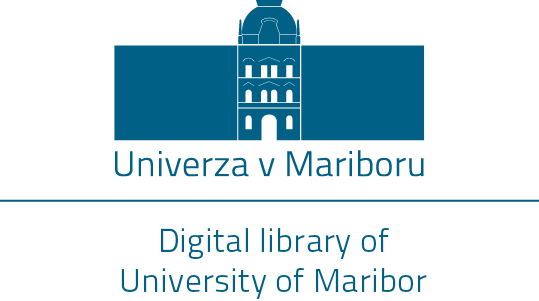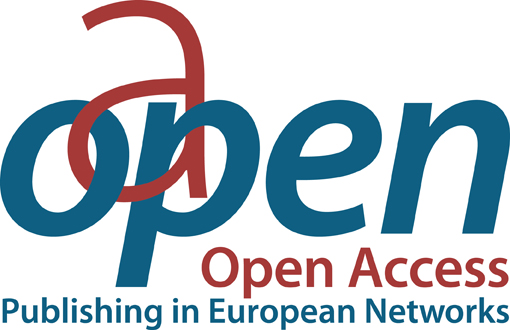АНАЛИЗ СПОНТАННОЙ УСТНОЙ РЕЧИ КАК СПОСОБ ИССЛЕДОВАНИЯ СТРАТИФИКАЦИОННОЙ ВАРИАТИВНОСТИ ЯЗЫКОВЫХ КОДОВ НА ПОЛЬСКО-БЕЛОРУССКОМ ПОГРАНИЧЬЕ: КАТАЖИНА КОНЧЕВСКА
Synopsis
Analysis of Spontaneous Spoken Languageas a Method for Investigating the Stratification Variabilityof Language Codesin the Polish-Belarusian Borderland. The paper focuses on analysing spontaneous speech as a method for investigating the stratification variability of language codes in an area with a complex sociolinguistic situation. The data for the study were collected by the author during field expeditions carried in the years 2015–2021 in a little-studied multi-ethnic, multicultural, and polylingual micro-region on both sides of the Polish-Belarusian border. Its peculiarity is the division between gentry (petty nobility) settlements and peasant villages, which has been preserved to this day and was established in the 16th century. The research results point to a pronounced correlation between the current sociolinguistic situation and the historical processes of land settlement in the micro-region in question, as well as the peculiarities of its class structure. Based on the corpus of spoken speech collected during field research, this paper addresses locality as a factor of social and cognitive significance, highlighting the language codes prevalent in this micro-region, and focusing on language manifestations of social stratification, and native speakers’ perceptions of their language of individual codes. The approach I propose is a productive method for investigating linguistic contacts in border areas characterised by a complex historical and contemporary sociolinguistic situation.
Предметом статьи является анализ спонтанной устной речи как способ исследования стратификационной вариативности языковых кодов в ареале со сложной социолингвистической ситуацией. Данные для исследования были собраны автором в ходе единоличных полевых экспедиций, проведенных в 2015–2021 годах в малоисследованном полиэтническом, поликультурном, полилингвальном микроареале по обеим сторонам польско-белорусской границы. Его особенностью является сохранившееся до наших дней деление на шляхетские (мелкодворянские) околицы и крестьянские деревни, возникшее в XVI в. Результаты исследования отмечают выраженную корреляцию между современной социолингвистической ситуацией и историческими процессами освоения данного микроареала, а также особенностями ее сословной составляющей. На основании анализа собранного в ходе полевых экспедиций корпуса устной речи обращено внимание на локальность как фактор социально-когнитивной значимости, выделены выступающие в исследуемом микроареале языковые коды, сосредоточено внимание на языковых проявлениях социальной стратификации и перцептивных особенностях восприятия своего языка носителями отдельных кодов. Предлагаемый подход является продуктивным методом изучения языковых контактов в пограничных ареалах со сложной исторической и современной социолингвистической ситуацией







